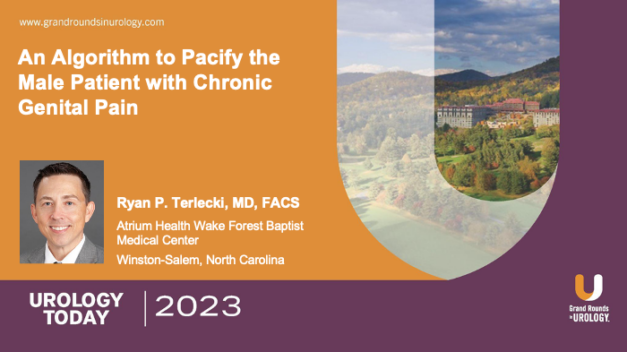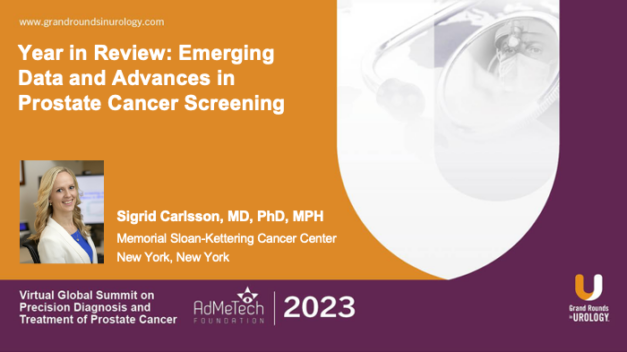An Algorithm to Pacify the Male Patient with Chronic Genital Pain
Ryan P. Terlecki, MD, FACS, presents a systematic approach to patients presenting with chronic genital pain, with the goal of identifying the underlying cause while avoiding common pitfalls with this type of patient. Dr. Terlecki begins by cautioning against assumptions about the patient, as they can cause anxieties in the provider which impact the quality of patient care.
Dr. Terlecki provides guidance on tailoring patient intake questionnaires to keep the focus on the patient’s issue and possible approaches. He gives examples of open and closed questions for male genital pain.
Dr. Terlecki then discusses the importance of setting patient expectations regarding diagnoses and what they should expect from the provider, particularly when the provider does not specialize in pain management. He then discusses common, uncommon, and overlooked causes of male genital pain.
Dr. Terlecki concludes by walking through this algorithm from intake to assessment to diagnosis and treatment. He emphasizes the importance of not dismissing patient input on treatment, but still strictly adhere to evidence-based treatment over unproven or alternative treatments.
Read More




